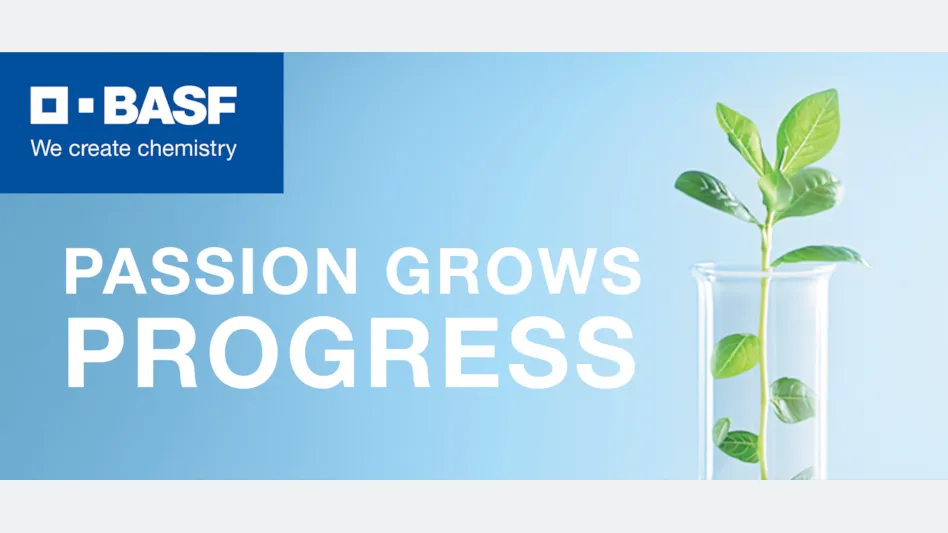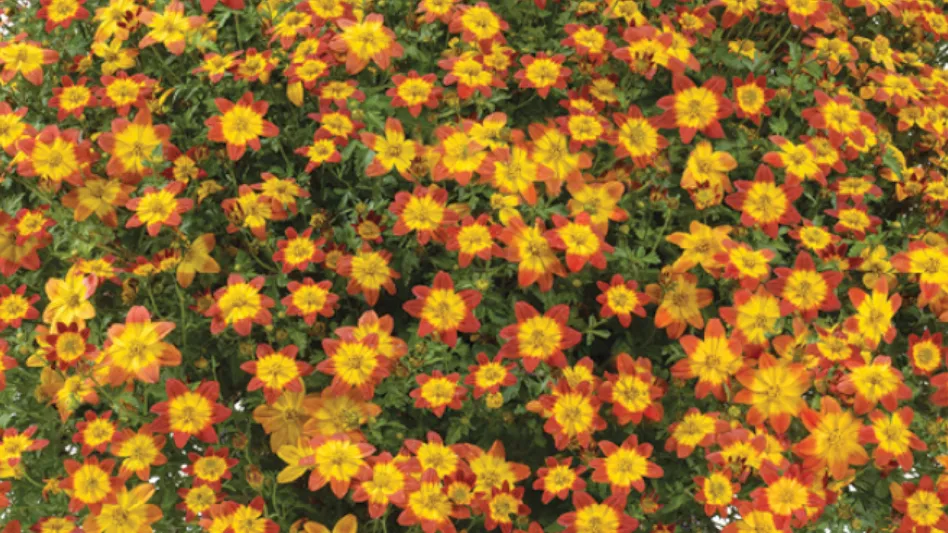
Why should growers consider running trials if they want to optimize the peat mixes in their soil?
A trial helps to understand characteristics of the mix, but also how it fits within a grower’s operation. That includes how the mix works with automation, how the mix will settle in containers based on its density and compressibility, if the grower prefers to keep growing media on the wet or dry side, and the water and chemical needs of the plant, including pH and fertilization. Choosing the right mix will reduce issues.
Is peat moss better than alternatives at finding the ideal mixture?
Peat moss is still the backbone of most high performance growing media. It’s kind of like a blank canvas where you can adjust the physical properties, and the chemical properties like pH and fertilizer starter change. Alone, or combined with other aggregates or inputs, othe characteristics can be fine-tuned to give you ideal conditions. Berger has a great handle on peat; we know how to make the adjustments and provide the right blends to achieve uniformity.
What are the major considerations a grower needs to make in setting up a peat mix trial?
First, have fresh material to start with. And make sure you label your pots correctly. Berger can provide tags to ship with the mix. And once the trial is set up, you should adjust your watering and fertilization practices according too the mixture you are testing — that way you can understand how much moisture it can take or how quickly it dries. By adjusting your practices to each mix, you will truly identify which one can offer you the best results within your operational capabilities, rather than just seeing which one performs the best within your irrigation program. A full table or section is ideal, but you want a minimum of 20 to 30 plants per mix. Larger trials help you see if there is variation in the mix, or if it’s stable.
What type of data should I collect?
Some qualitative data might include grading the uniformity of the canopy or how vigorous and healthy a plant looks and grading it on a scale of 1 to 10. You can measure the average height or diameter of the stem. But then you can also go very intensive by harvesting at different periods of production and cleaning the soil off the roots and measuring shoot and root dry weights. Taking soil samples to test the pH and nutrient content helps, too. Berger will gladly take care of the testing for you. You just send the samples to us, and we’ll take care of the rest. We can do soil, tissue and water analysis.

Explore the May 2024 Issue
Check out more from this issue and find you next story to read.
Latest from Produce Grower
- DENSO and Certhon introduce Artemy, a fully automated cherry truss tomato harvesting robot
- Landmark Plastic celebrates 40 years
- CropLife applauds introduction of Miscellaneous Tariff Bill
- UF/IFAS researchers work to make beer hops a Florida crop
- Nature's Miracle announces initial shipments of "MiracleTainer" series container farm
- Local Bounti opens new high-tech controlled environment agriculture facility in Pasco, Washington
- NatureSweet responds after ruling by U.S. Court of International Trade that invalidates tax on tomato imports from Mexico
- Former Danone executive becomes chief operating officer at NatureSweet





